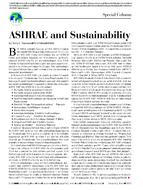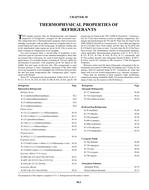Elevated indoor humidity levels in homes represent a risk to occupant thermal comfort and health, as well as building durability.The improved thermal properties of high-performance homes lead to less cooling system runtime and associated moistureremoval. High-performance homes often have elevated indoor humidity as a result. Current technologies for addressing this highhumidity include dehumidifiers, energy recovery ventilators, and enhanced cooling strategies. A strategy that has not beenassessed to date is the smart control of ventilation systems to better manage indoor moisture and reduce humidity loads. Suchsmart controls time shift ventilation to reduce the duration and number of hours of high indoor humidity, while providing annualpollutant exposure equivalent to a continuously operated fan sized to ASHRAE Standard 62.2-2013. The REGCAP simulationtool was used to assess 13 smart ventilation control strategies. Elevated indoor humidity was mostly problematic only in smallerhomes with higher moisture gains. The best controls were able to achieve significant reductions in indoor humidity without excessiveenergy penalties (e.g., 16% of annual hours reduced below 60% rh in a small Miami home, using 277 kWh annually). Theyalso maintained equivalent air quality to a continuous ASHRAE Standard 62.2-2013 fan. In the cases with highest indoor humidity,smart ventilation controls did not eliminate the need for supplemental dehumidification, with 20% to 25% of annual hours remaininggreater than 60% rh.
Citation: Thermal Performance of Exterior Envelopes of Whole Buildings XIII, Conference Papers
Product Details
- Published:
- 2016
- Number of Pages:
- 9
- Units of Measure:
- Dual
- File Size:
- 1 file , 1.8 MB
- Product Code(s):
- D-BldgConf16-25


